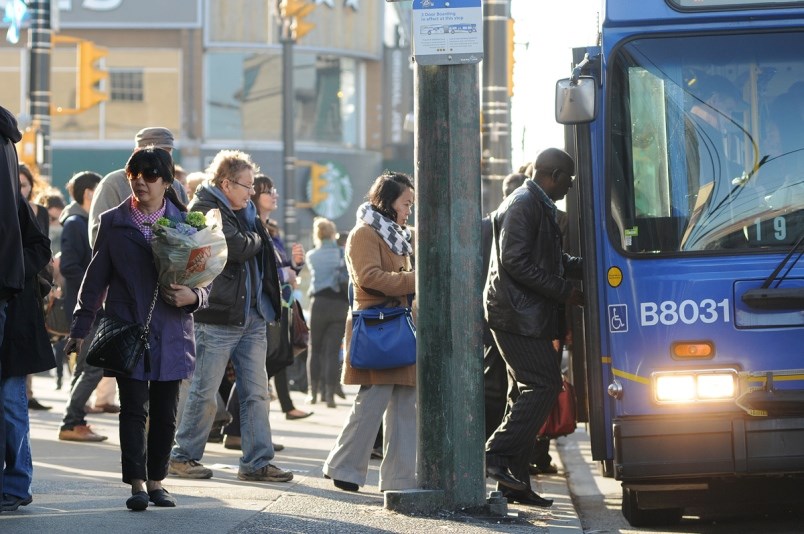It's becoming more clear how Burnaby will be connected in the coming years.
At a July 26 council meeting, the latest draft for the "Connecting Burnaby" transportation plan was presented and approved for the purpose of advancing to phase three of public consultation and engagement.
Based on feedback received from phase two, the latest draft has been refined to strengthen goals, targets, policies and actions.
The 134-page draft details on a 30-year plan that will help guide transportation and policy decisions in Burnaby.
Presented in a city report, the following are "big moves" which the city has refined to ensure they:
- Align with the plan's three targets of vision zero, mode split and zero emissions
- Have a timeframe for completion
- Are measurable
- Are supported by the plan's actions
- Align with the city's other major strategies and policies
The city has listed the following as its big moves:
- Walking and rolling
- By 2030, 80% of the Burnaby pedestrian network will be completed to provide an accessible, safe and comfortable walking and rolling environment
- Cycling
- By 2030, the phase one cycle network will be completed, providing clear consistent and continuous connections between town centres, major destinations and to neighbouring municipalities
- Transit
- By 2030, the city will install 370 additional bus shelters or bus benches to increase transit passenger comfort
- By 2025, the city in partnership with TransLink will complete feasibility studies for future rapid transit corridors to inform the upcoming OCP review and identify necessary land investments to protect specific corridors
- Goods movement
- By 2025 the city will establish policies to require multi-family developments to provide secured storage amenities for oversized deliveries and goods requiring cold storage and;
- Require the provision of EV charging infrastructure for fleet vehicles across businesses, industries and institutions
- Driving
- By 2026, develop and implement a smart city plan for Burnaby comprising of sensor technology, real-time data transmission and analytics to improve safety and optimize network performance
Phase three of the public consultation and engagement process will help gauge the level of support for the policies, actions and networks contained to the plan.
The feedback received during the third phase would support further plan refinement prior to adoption.
Council passed the recommendation that the draft is used as the basis for advancing to phase three of the public consultation and engagement program.



